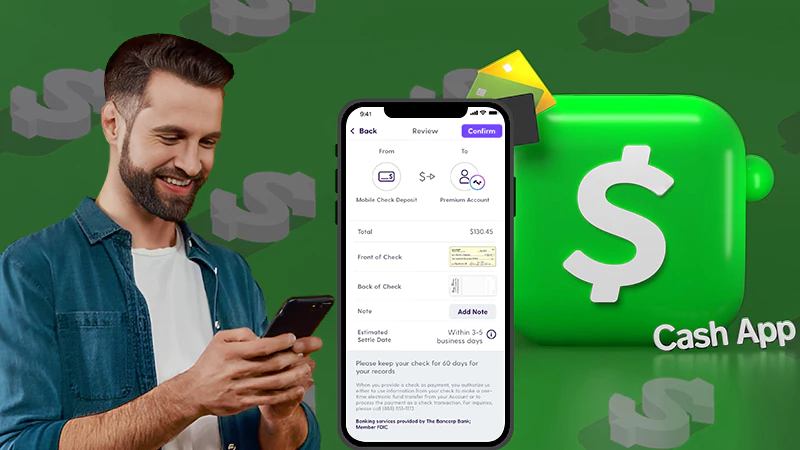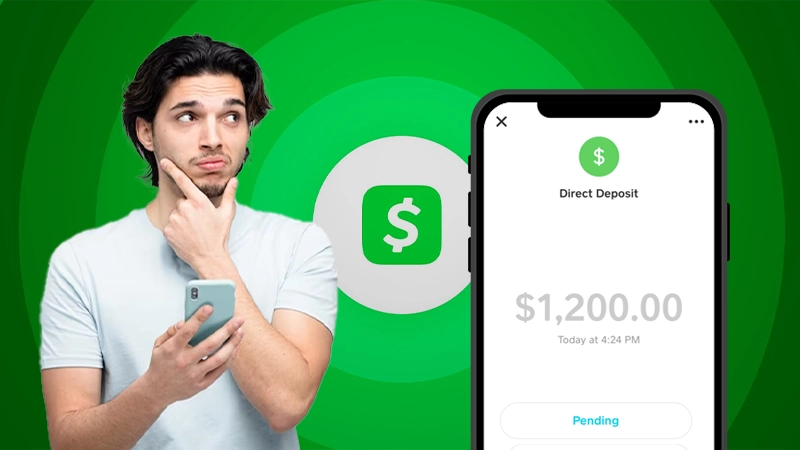Tips for Calculating the Total Cost of Your Parking Habits

When evaluating the monthly expenses, understanding the cumulative cost of parking can be eye-opening. For many, it is an overlooked expenditure that can quietly drain resources if not monitored carefully.
Calculating the total cost of parking habits requires considering various factors, including daily rates, location convenience, and even the potential for the tickets. By gaining insight into these costs, you can make more informed decisions about transportation and budgeting, potentially saving a significant amount of money over time.
Let’s delve into how one can accurately assess and manage the financial impact it has on life.
Assess Your Daily Parking Costs
Start by taking stock of how much to spend each day on parking. Meticulously note down its fees at work, meters, and any paid lots made use of regularly. Remember to include occasional costs such as those at medical appointments or entertainment venues.
Factor in the frequency of the parking too — daily, weekly, or on a more sporadic basis. This will give the overall picture of habitual expenses that might not be initially apparent when paying for them individually.
Also, consider the times you may pay a premium for convenience or proximity, such as more expensive lots closer to your destination. This often overlooked aspect can cumulatively lead to larger monthly expenses.
If it’s ICC parking in Sydney or Central one in New York, be mindful of how those costs may add up. It’s vital to be aware of your car placing habits and preferences, no matter how small or insignificant they may seem.
Include the Price of Parking Tickets
Understandably, receiving the tickets can be frustrating but they are also a financial strain that must be accounted for. Start by reviewing how often one gets tickets and the usual costs involved.
If they are receiving tickets regularly, it may be time to reevaluate car placing habits or the timing when opting for particular spots. Sometimes the appeal of a convenient location can lead to riskier choices that result in tickets.
Implementing strategies to avoid tickets can be as simple as setting reminders on the phone for meter times, or choosing locations with more lenient regulations or longer allowable durations. When calculating the total cost of car placing habits, consider not only the daily fees but also the potential for the tickets.
Factor in Annual and Monthly Parking Permits
In some cases, opting for an annual or monthly parking permit can be more economical than daily rates. Evaluate if permits are available and cost-effective for regular locations.
Make sure to calculate the break-even point to determine if a permit makes financial sense given the frequency with which it utilizes a particular lot or garage.
Consider the convenience factor as well: a permit can save the time and hassle of finding it every day, which could indirectly save money if it reduces tardiness or allows for a more streamlined routine.
In addition, many companies offer pre-tax payroll deductions for permits, providing additional savings. This option could also potentially reduce taxable income, further decreasing the overall cost.
Did You Know?
The average motorist spends nearly 4 days every year (Approx 91 hours) looking for a parking spot, whereas 17% of motorists use an app to find a parking spot.
Consider the Cost of Parking Violations
Apart from the tickets for meter violations, there are other types of fines to consider, such as placing your car in no-parking zones or permit-only areas. Factor these into monthly expenses.
Take a moment to research regulations in areas you frequent. Knowledge of rules can help avoid these fines and add to savings.
Also, it’s prudent to account for those rare instances where a vehicle may be towed, which can add substantially to the violation expense, not to mention the inconvenience involved.
Evaluate Alternatives to Paid Parking
In some cases, finding alternative parking solutions may significantly reduce the costs. Explore nearby streets for free ones, consider carpooling, or look into local public transportation routes.
When a free one is located farther away from your destination, weigh the costs saved against the additional time or effort it may require to get from the car placing location to your destination. Sometimes the trade-off can be worthwhile.
If public transportation or carpooling is an option, calculate the potential savings against the total cost of owning and maintaining a vehicle. This could include savings on fuel, maintenance, and even the depreciation of a car.

Track Seasonal Fluctuations in Parking Expenses
Parking rates can often change with the seasons, particularly in areas that attract tourists or have seasonal events. Keep an eye on these fluctuations to avoid unexpected costs.
Note any patterns observed over the year — such as certain months when it is more accessible or others when finding a spot is not only more difficult but also pricier.
Also, during holiday seasons or special events, some cities offer discounted or free parking as an incentive for shoppers and visitors — be on the lookout for these opportunities to save.
Analyze the Long-Term Impacts of Parking Expenses
Consider how its expenses can add up over the long term, particularly if planning substantial financial commitments such as a home purchase or starting a business.
Recurring expenses can often be reduced through smart planning and slight adjustments to routine. This could lead to significant savings, which can be redirected towards long-term financial goals.
Reflect on any potential career changes or residential moves that may affect parking costs. What seems like a minor detail can have major implications on the budget when projected over several years.

In conclusion, understanding the total cost of car placing habits can help you make more informed decisions and potentially save a considerable amount of money.
By evaluating daily costs, considering potential tickets, factoring in permits and violations, exploring alternatives to paid ones, tracking seasonal fluctuations, and analyzing long-term impacts, you can gain control over this often-overlooked expense.
Remember to regularly reassess car placing habits and make adjustments as needed to ensure financial fitness for the long term. By following these tips, you can become a savvy strategist and enjoy more peace of mind when it comes to managing finances.
Keep monitoring the costs and continue finding ways to optimize expenses – every small step counts towards achieving greater financial stability in the future.










